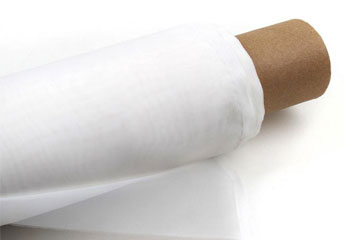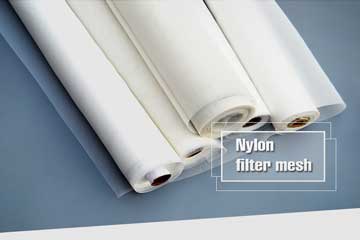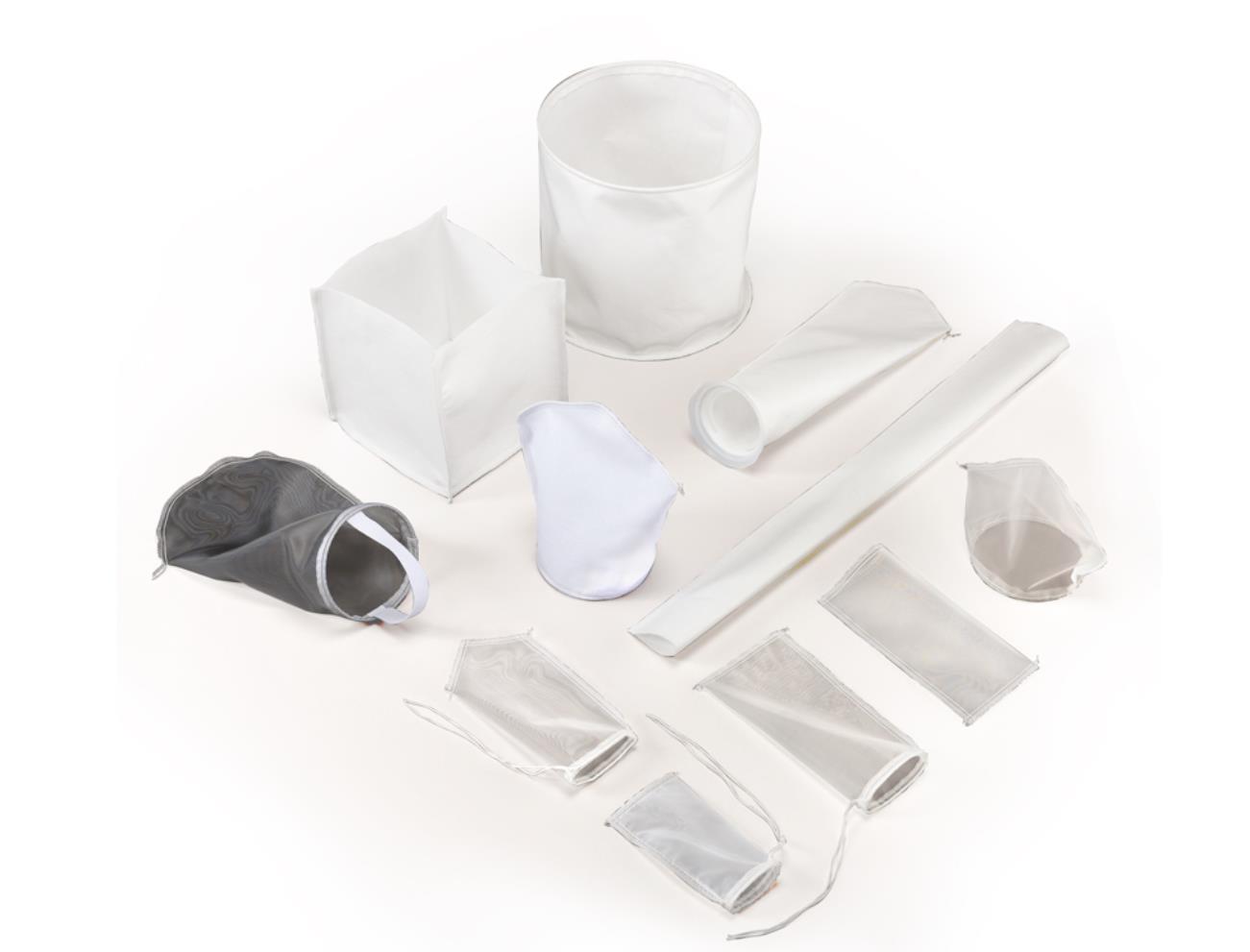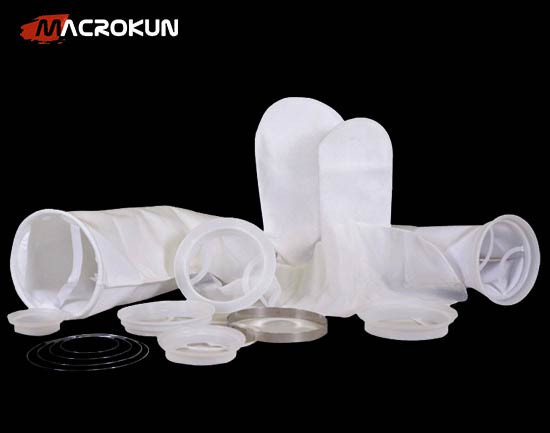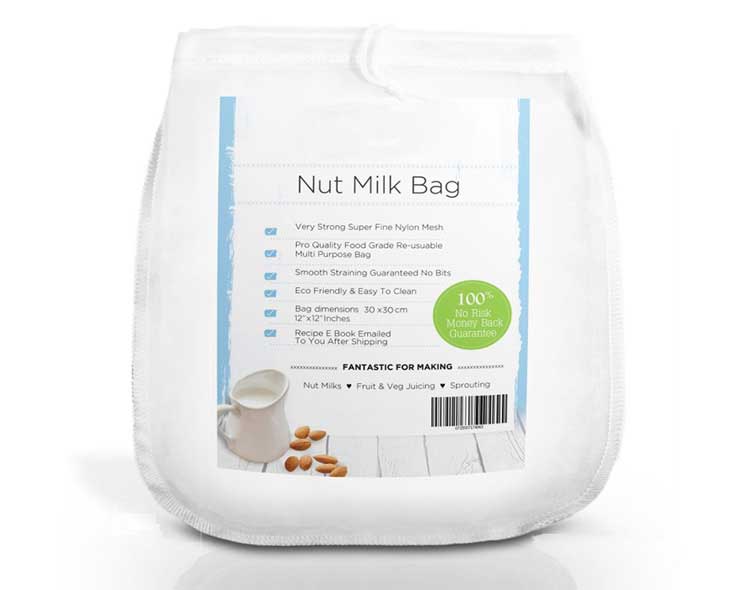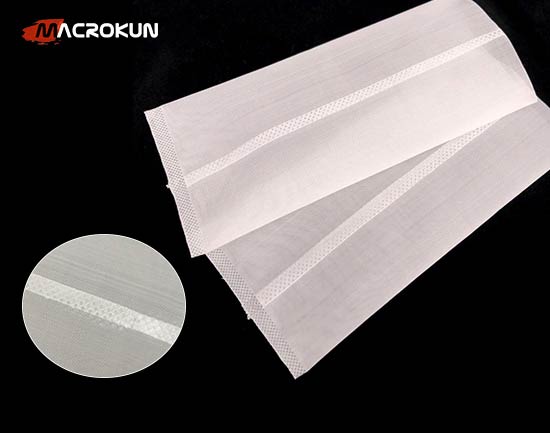Why a good nylon membrane filter matters — and how to pick the right one
Why the right consumable protects results and reduces cost When your lab or production line relies on consistent filtration, the choice of a nylon membrane filter matters more than most buyers expect. The right membrane keeps columns alive, prevents sampl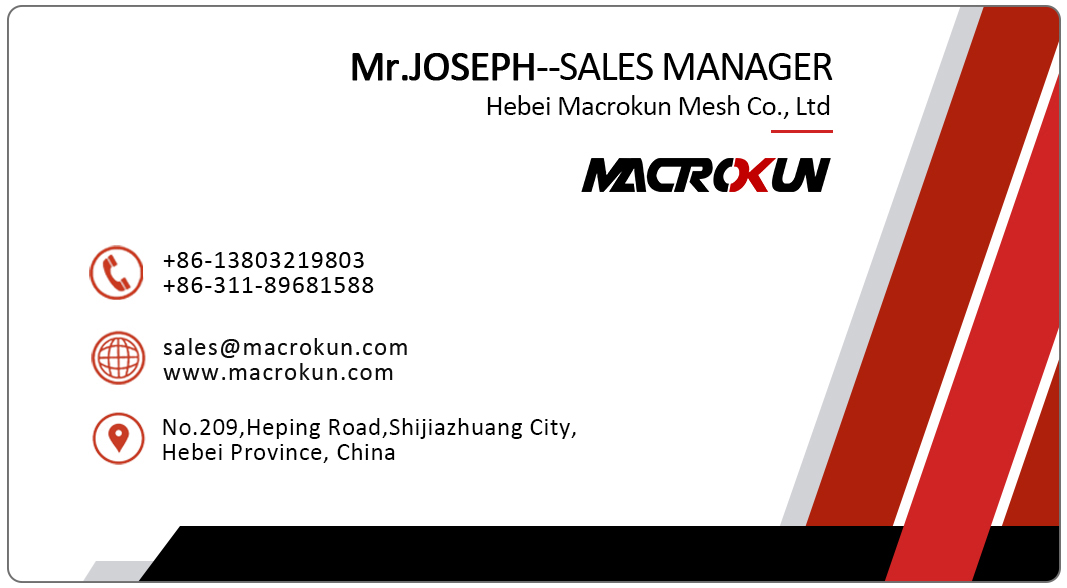
Why the right consumable protects results and reduces cost
When your lab or production line relies on consistent filtration, the choice of a nylon membrane filter matters more than most buyers expect. The right membrane keeps columns alive, prevents sample contamination, and reduces reruns. Conversely, the wrong membrane leads to clogged lines, unexpected extractables, and extra costs. This guide explains what a nylon membrane filter is, the practical differences between formats and pore sizes, and a simple procurement and validation workflow so your team can buy confidently.
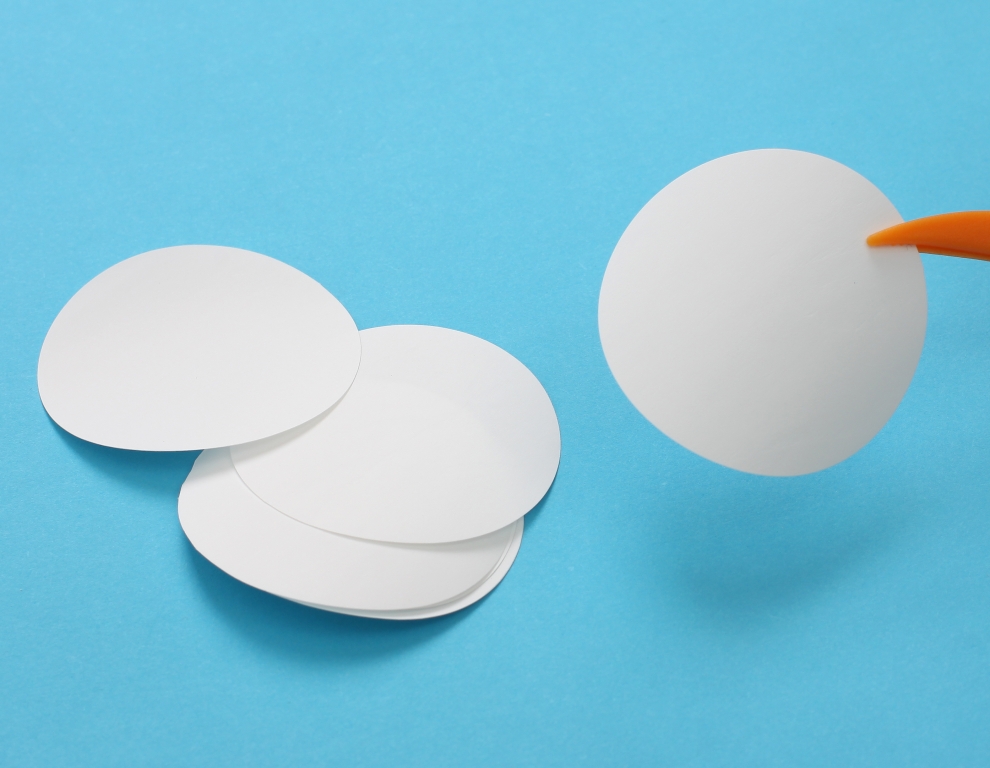
What a nylon membrane filter is — plain definition
A nylon membrane filter is a microporous filtration medium made from polyamide (nylon) manufactured into discs, syringe filters, or larger sheets and rolls. It is typically hydrophilic, meaning it wets easily with water and many polar solvents — an important trait for routine laboratory workflows. Common pore sizes and formats are documented by major suppliers, and those pages show how widely available and standardized these products are.
Key features that make nylon useful in practice
Nylon membranes are used widely because they combine:
-
Hydrophilicity — fast wet-out with aqueous solutions and many polar organic solvents.
-
Mechanical strength — supported constructions resist tearing and are suitable for vacuum manifolds.
-
Broad solvent compatibility — suitable for many HPLC solvents and reagents (check vendor charts for extremes).
These traits make the nylon membrane filter a versatile, go-to option for sample clarification and mobile-phase filtration.sterlitech.com
Formats — choose according to throughput and workflow
Formats determine how you use a nylon membrane filter in daily work:
-
Syringe filters (13 mm, 25 mm) for single-sample prep and small volumes.
-
Disc filters (25 mm, 47 mm, 90 mm, etc.) for batch clarifications with funnels or manifolds.
-
Sheets/rolls for large or custom housings and preparative filtration.
Match format and diameter carefully to your holders and manifolds; the right fit prevents leaks and wasted filters.
Pore size — pick the coarsest size that meets the requirement
A frequent mistake is assuming “smaller is better.” When selecting a nylon membrane filter, pick the coarsest pore size that still meets your analytical goal:
-
0.45 µm — reliable for general particulate removal and prefiltration.
-
0.22 µm (0.2 µm) — used when bacterial retention or finer particulate exclusion is needed.
-
0.1 µm — for very fine particle exclusion in specialized workflows.
Choosing correctly reduces clogging, extends membrane life, and lowers cost per sample.
Typical applications — where nylon performs well
Common real-world uses for a nylon membrane filter include:
-
HPLC and GC sample preparation to protect analytical columns.
-
Clarification of buffers, solvents, and reagent solutions.
-
QC sample filtration and routine process sampling.
-
General-purpose filtration in labs and pilot production where aqueous or polar-organic compatibility is required.
These applications benefit from nylon’s wet-out speed and mechanical resilience.sterlitech.com+1
Chemical compatibility and extractables — what to check
While nylon is compatible with many polar solvents, it’s not universally resistant to every chemistry. Before placing a bulk order for a nylon membrane filter, request the vendor’s chemical compatibility chart and extractables/leachables data or Certificate of Analysis (COA). For trace analyses, this verification helps avoid background peaks or contamination. If your chemistry is aggressive (strong acids, certain chlorinated solvents), consider alternative materials and validate in your matrix first.PermeGear
A short procurement checklist (practical and immediately usable)
Use this checklist when buying a nylon membrane filter:
-
Confirm format (syringe/disc/roll) and exact diameter for your holders.
-
Choose pore size based on function (0.45 µm for prefiltration; 0.22 µm for finer work).
-
Request COA and extractables/leachables information for trace-sensitive work.
-
Order a small sample pack for bench validation before bulk purchase.
-
Verify sterility status if required (gamma-sterilized or sterile-packed options exist).
This simple sequence reduces the risk of procurement errors.
Quick validation protocol — three practical tests
Before approving lots, run these fast checks with a sample pack of nylon membrane filter products:
-
Flow & throughput test: filter representative sample, time the run, and compare to expectations.
-
Filtrate inspection: check clarity and any odor or color change that could indicate extractables.
-
Mechanical/test fit: mount the disc or syringe filter in the intended holder and test for leaks or tears under expected pressure.
If the product passes these tests, you can scale with confidence.
Handling, storage and best practices to preserve performance
To protect membranes and results:
-
Store sealed in original packaging in a cool, dry place away from solvent fumes.
-
Handle by edges with gloves or tweezers to avoid particulate contamination.
-
For sterile items, keep sealed until immediate use.
-
Rotate stock on a first-in, first-out basis to avoid aging effects.
Good housekeeping preserves membrane performance and avoids surprises in sensitive assays.
Cost vs. value — why unit price isn’t the only metric
Unit prices vary by format and pack size. While low-cost membranes may appear attractive, poor pore uniformity or high extractables cause hidden costs: instrument downtime, reruns, and damaged columns. Evaluate nylon membrane filter purchases by total cost of ownership — factor in supplier documentation, lot consistency, and the cost of failures avoided.
Common procurement mistakes and how to avoid them
Avoid these pitfalls:
-
Buying the finest pore size by default — leads to quicker clogging.
-
Skipping sample validation before bulk orders.
-
Overlooking format compatibility with existing holders.
-
Neglecting COAs for trace analyses.
Enforce a short validation step and require documentation from suppliers to prevent these issues.
Real-world example — small change, measurable gain
A mid-sized lab standardized on a supported nylon membrane filter disc for batch clarifications and syringe filters for individual samples. After instituting a short incoming validation and requiring COAs, they reduced column fouling incidents and cut repeat runs — the small additional spend on validated membranes quickly paid back in reduced downtime and maintenance.
Final recommendation — make membranes a controlled, auditable part of your process
Treat the nylon membrane filter as a performance part, not a disposable commodity. Require COAs, validate samples, standardize formats across teams, and keep a modest buffer stock of accepted product. Doing so turns an everyday consumable into a predictable contributor to data quality and operational uptime.
RELATED PRODUCTS
RELATED ARTICLES
Tags:
